U.K. based musician and synth genius, Lee Simeone, is a master when it comes to crafting very deep atmospheric collages. His latest excursion; 2011’s twenty-one track album entitled An Introduction to Simeone, is out now, and released through the London based Le Coq Musique label.

 Simeone’s associations are somewhat intriguing. Not only did he appear alongside Steve Strange during a BBC episode of Ashes to Ashes, he’s worked with David Ansara, Ron Strykert (Men at Work), Karel Fialka & Gary Asquith (Renegade Soundwave) Kevin Mooney (Adam and the Ants) and Mick Karn (Japan).
Simeone’s associations are somewhat intriguing. Not only did he appear alongside Steve Strange during a BBC episode of Ashes to Ashes, he’s worked with David Ansara, Ron Strykert (Men at Work), Karel Fialka & Gary Asquith (Renegade Soundwave) Kevin Mooney (Adam and the Ants) and Mick Karn (Japan).
Making his debut in 2009 with the highly acclaimed The Dream Weaver, Simeone went on to earn rave reviews from the likes of Rough Trade Records, as well as the U.K. tech magazine Future Music, with one track being used as an installation at the Tate Modern Gallery. He also made a short clip of music for the renowned stationers Rexel.
As for this latest release, it crosses between very mellow dreamlike vision pieces, to a full on outburst of electro darkwave energy; all of which weave sparkling strands of symphonic synth-driven magic. Igloo Magazine is excited to talk to Lee Simeone to find out more.
Jus Forrest / igloomag.com :: You’re a multi-instrumentalist – what’s your musical background? Have you ever undertaken any form of formal training in bass/guitar/keyboards and drums, or are you completely self-taught?
Lee Simeone :: I started playing music when I was 10 years old. I was always fascinated with sound even since a small child. My father use to play music all the time to me as he saw I was always very excited by it! I joined a marching core band when I was 11 and played quad drums & a bass drum (that was heavy!) I had just a handful of lessons with the marching core. I walked out of a drum class at school when I was 12 after the second lesson, I mastered the drum roll got expelled & the rest as they say is history.
With keyboards I taught myself as I dedicated many hours with old vintage analog synthesisers. I have owned just about every Moog (I still have a Polymoog in the cupboard) with Roland I visited Jupiter, Pro Mars, Saturn I’ve been everywhere! I developed a knack for spotting sounds on records. I can tell straight away what piece of equipment is doing what. I’m not a trainspotter just a purist. I’m currently working on a bank of sounds for a Moog synthesiser by Gunnar Ekornås, it’s a plugin based on their Memorymoog. I am very much into the production side of things too, I’m currently laptop based in and out of the studio using various emulations of vintage outboard gear such as Sony Oxford & Lexicon’s plugins.
Igloo :: Working alone, playing all the instruments, producing and mixing can be quite a challenge for any musician to pull off admirably. You seem to have nailed it. Do you have a preference towards working alone?
LS :: Thank you. Actually one of the first tracks I layed down was called “Alone,” that did well that one. I work by myself because the songs are usually very personal & from the heart. I know how to create the right atmosphere for the words with my sound palette. I won’t stop until I get a perfect match with the mind colours. I’ve had songs on the shelve for a couple of years because I still haven’t found “that sound” for the words. Producing and mixing is a very big challenge, I spent 8 months recording my first (The Dream Weaver), the studio was at Mad Professor’s place in Thornton Heath.
Igloo :: How does this current release compare to 2009’s debut The Dream Weaver? You’ve actually reworked a few tracks from that album I understand, to include them on An Introduction to Simeone?
LS :: It’s mainly because I’ve got more and more into complex sound making. I just keep adding stuff together & then I end up with this big orchestra of sound at my fingertips to arrange into the songs. I love to hear every detail for example; a cymbals clarity and shimmer, this can be very important to a moment in a song. Unfortunately at the time of The Dream Weaver album being recorded I had a bit of a make shift studio with broken wires all over the place, I’m sure on some of those tracks from that time there are noises that are not meant to be there but in hindsight it all seems to work. I use to go blazing the trail for non-working units. I use to fix them up and then sell them on, with the profit I would buy one of those high end units of my choice (if I didn’t have it in bits already) It was only near the end of those sessions I managed to get the sound in order but was too late as a lot of the recording was done. I was very happy when the album got so many good reviews & really influenced me in a number of ways. I’m not as bad as I use to be with having broken gear all over the place, I only have a Polymoog now left in the cupboard.
Igloo :: Can you tell us about the project ‘The Moosh’ which involved you working with David Ansara and also the late Mick Karn from Japan?
LS :: The Moosh wasn’t really anything serious not for me anyway. We were meant to do a festival together but it never happened because of the promoters pulling the plug on it. I only did the rehearsals for that and didn’t play on any of the recordings. However David appears on my track “Alone” from The Dream Weaver album & is master of the Roland CR-78 drum machine. Dave has his own solo project making dark wave industrial music.
Igloo :: Moving onto your actual sounds – the synths sound very rich and pure with a very arty vintage feel. Is this something you set out specifically to achieve?
LS :: I have had a love for ethereal sounds since I was very young & have always wanted to capture that sound in my own music & find it very stimulating. I make my own sounds with three or more different synthesisers, the rest are made up of live sounds. Currently for vintage gear I’m using my first love the Roland VP-330 Vocoder / Strings. For digital it’s mainly VST.
Igloo :: Do you favor analogue technologies, or are you happy to embrace the popularity of soft synths?
LS :: Yes it’s analogue with me very much so on the new recordings, in fact I want to mix down my next album onto reel tape. I do use software synths but sparingly along with vintage emulations of old analog outboard fx. My favorite is the Lexicon 480 emulation, it’s going to be used a fair amount on the next album for atmospheric pieces & works well with my live drums. I have a hardware Eventide for the vocoder, again all analogue here.
Igloo :: You’ve recorded cover versions of The Cure’s “Love Song” and Ultravox’s “Hiroshima Mon Amor” on this release. What made you choose those particular tracks to cover?
LS :: I have always been against cover versions. A few of my friends in music advised me that it would be a good idea to maybe get my material to the original artists fans. I tried the “Lovesong” first and it just worked, it sounded so different from the original and I believe my version has looked at the words a lot more adding more emotion to the vocals, really feeling the words. A few fans have wrote to me on YouTube after hearing it telling me just this. I started to put “Hiroshima Mon Amour” into my live set and the reaction to it was fantastic, many people after shows were saying how much they liked it, usually they were fans of Ultravox so very flattering! I’m pleased these two tracks made the album.
Igloo :: I was interested to read you had once appeared in a New Romantic TV show! Which show was that, and how did that come about?
LS :: That would have been the Life on Mars series from the BBC, I did one episode for their new series titled Ashes to Ashes. They reincarnated the old new romantic club The Blitz. Steve Strange was featured in a scene from that episode. Acting is something I am not interested in doing and is why I didn’t pursue it. The BBC make-up artist really made a fuss over my image & kept following me on the set with her brushes, most annoying! as you will see I’m in the scene more than Steve Strange! I’m not surprised! I was trying to get away! Some of the actors were right prima donnas! I didn’t enjoy my photo being next to Britney in The Radio Times, even though I have more style than her! ;p I am a musician not an actor & I hate television.
Igloo :: You’ve been doing quite a few live performances around the London area recently, how well have these been received?
LS :: Very well, some overwhelmingly good. The last couple of shows have been the best yet. I actually did a gig recently at my flat on the roof garden along Wardour Street. At the moment the real missing link is promotion. I have zero at the moment and need to get this sorted out because the shows have been very good as I said & the word just needs to be spread out there more. It’s very difficult when you’re doing everything yourself. The majority of acts I’ve seen around recently are chucking lots of money to other established artists to play with them – I would rather give up than pay to play, that’s the end of it all for me with live.
Usually when I record a track it’s at the moment I write it so it can sound very different when I go to it weeks or months later, I find this very exciting and that the music is forever growing.
I have a whole new set of songs and work with my guitarist Alan Rear live, we recorded two tracks together for the current album. Alan was in a band from the early eighties that I’m a big fan of called “Search Party” with Lee Jacob & was a big influence on my music from when I was very young, he’s a great songwriter too. It’s a bit of a dream really to be working together. More recently I’ve added a violinist which works perfectly with the new material. I also play all the drum parts live in the studio which are then run back on the computer at gigs instead of getting a drummer in as I want to get as close to my “sound” as possible. However I am talking with the others about adding a drummer to the live set.
Igloo :: How do you approach a live performance? Do you have to compromise on effects or can you pretty much reproduce live what you have on record?
LS :: I do manage to reproduce the studio sound live and get as close to the original records as I can. I love the fact that all the instruments are all working totally live and that anything can happen! It’s quite magic to just play the keys and jump straight inside a song, remember each and every note & the lyrics, I haven’t forgotten them yet thank god! I spice things up a little with extra rhythms and changes to bass parts, I also usually find more harmonies to sing when the song has stuck around for a while. Usually when I record a track it’s at the moment I write it so it can sound very different when I go to it weeks or months later, I find this very exciting and that the music is forever growing.
Igloo :: Who do you think, has made an inspirational contribution to music over the last thirty years, and why?
LS :: That’s a very difficult question because there are a few for me but there is one special one; Roy Harper is in a tie with Karel Fialka.
Igloo :: Musically, what is next in the pipeline for you?
LS :: I have already started the recording of a new album for release next summer & will put together a music video or two for that. I’m playing more shows to promote the current record at the moment. The next gig is at Monto Water Rats, Kings Cross on September 6th.
Igloo :: Thanks for the interview Lee, and good luck with the gigs!
For more information about Lee Simeone, visit his website at sime-one.com. See Simeone live at Monto Water Rats, Kings Cross on September 6th, 2011. [YouTube]






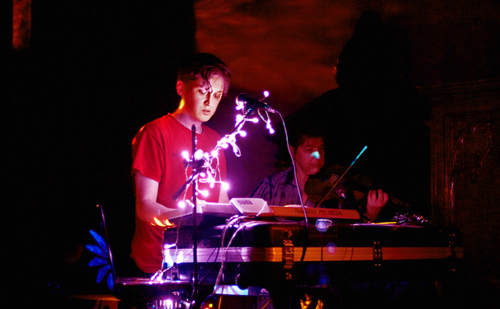

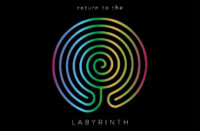


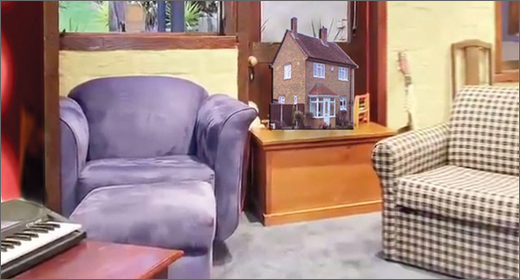
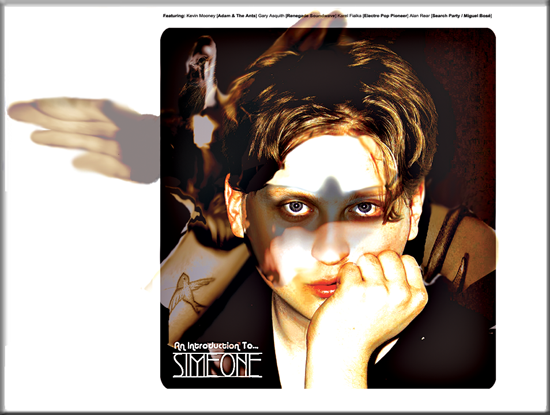

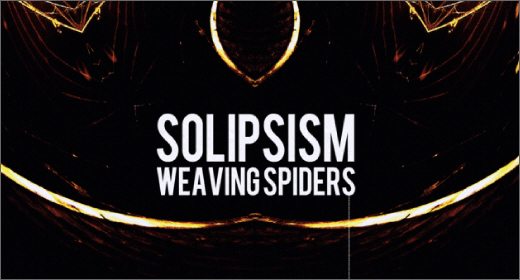
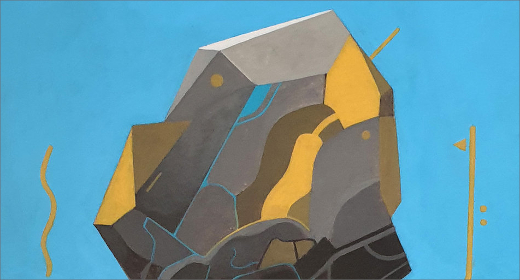



![Luke’s Anger :: Ceiling Walker EP (Love Love) — [concise]](https://igloomag.com/wp/wp-content/uploads/2025/04/lukes-anger-ceiling-walker-vinyl_feat-75x75.jpg)

![Ndorfik & madebyitself :: Solos EP (People Can Listen) — [concise]](https://igloomag.com/wp/wp-content/uploads/2025/04/ndorfik-madebyitself-solos_feat-75x75.jpg)





